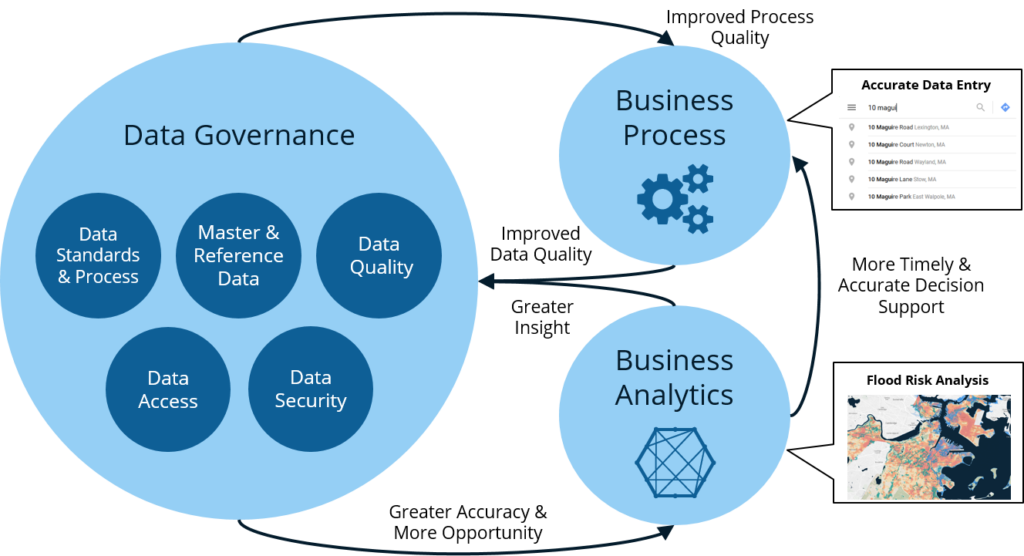
In structural engineering and seismic analysis, response spectrum analysis is crucial in evaluating the dynamic response of structures subjected to seismic forces.
However, engineers must first enter eigenvalue data for accurate response spectrum analysis. This comprehensive article will delve into the significance of eigenvalue analysis and its direct impact on response spectrum analysis.
By understanding the relationship between these two analytical methods, engineers can ensure the safety and stability of structures during seismic events.
Join us as we explore the fundamental principles, benefits, and best practices of entering eigenvalue analysis data or precise response spectrum analysis.
The Basis of Eigenvalue Analysis
Eigenvalue, modal or mode shape analysis, is a fundamental procedure in structural engineering. It involves solving the dynamic equation of motion for a structure to determine its natural frequencies and corresponding mode shapes.
Natural frequencies, represented by eigenvalues, indicate the inherent ability of a structure to vibrate freely when subjected to seismic excitation.
The mode shapes, or eigenvectors, provide insights into the pattern and direction of the structure’s deformation during vibration. These mode shapes are crucial inputs for response spectrum analysis, as they dictate the structure’s response to seismic loads.

Understanding Response Spectrum Analysis
Response spectrum analysis is a powerful method for assessing the structural response to ground motions during seismic events. It uses a spectrum of acceleration, velocity, or displacement responses to represent the maximum response at different frequencies.
Engineers use response spectrum analysis to determine the peak structural response under a range of ground motion intensities.
To perform response spectrum analysis accurately, engineers must consider the unique characteristics of the structure, including its natural frequencies and mode shapes acquired through eigenvalue analysis. These parameters significantly influence the structure’s dynamic behaviour and, consequently, its seismic response.
The Relationship Between Eigenvalue Analysis and Response Spectrum Analysis
The relationship between eigenvalue and response spectrum analysis is essential in predicting a structure’s behaviour during seismic events. Eigenvalue analysis provides the structure’s natural frequencies and mode shapes, which are the basis for constructing the response spectrum.
During response spectrum analysis, the seismic ground motion is represented as a spectrum of acceleration values at different frequencies. The natural frequencies obtained from eigenvalue analysis help determine which vibration modes will contribute most significantly to the structural response.
Modes close to the ground motion frequencies will contribute the most to the peak response. The mode shapes obtained from eigenvalue analysis influence how the structure responds to ground motion at different frequencies.
Mode shapes with significant displacement at specific locations may amplify seismic forces, leading to higher structural responses at those locations.
Engineers ensure the structure’s dynamic characteristics are correctly considered by entering accurate eigenvalue analysis data into response spectrum analysis. This, in turn, enables the analysis to capture the structure’s response accurately and identify potential critical areas that may require further design considerations.
Read also: Challenges Facing 5 G Adoption

Benefits of Accurate Eigenvalue Analysis
Performing accurate eigenvalue analysis before response spectrum analysis offers several significant benefits:
Precise Dynamic Characteristics
Eigenvalue analysis provides accurate natural frequencies and mode shapes, ensuring the response spectrum analysis reflects the structure’s dynamic behaviour.
Identifying Resonance Frequencies
Eigenvalue analysis helps identify resonance frequencies, where the structure’s natural frequencies closely match the ground motion frequencies. Resonance amplifies the structural response, leading to potentially critical areas of concern.
Design Optimization:
Accurate eigenvalue analysis allows engineers to optimize the structure’s design and make necessary modifications to mitigate potential vulnerabilities during seismic events.
Ensuring Structural Safety
By incorporating reliable eigenvalue analysis data into response spectrum analysis, engineers can better assess the structural response to seismic forces, ensuring the safety and stability of the structure during earthquakes.
Compliance with Building Codes
Many building codes require response spectrum analysis for seismic design. Accurate eigenvalue analysis data ensures compliance with these regulations and provides reliable results for engineering assessments.
Best Practices for Entering Eigenvalue Analysis Data
To ensure the reliability and accuracy of response spectrum analysis, engineers should follow these best practices for entering eigenvalue analysis data:
Accurate Model Representation
Create a comprehensive and realistic finite element model that accurately represents the structural geometry, boundary conditions, and material properties.
Verify Eigenvalues and Mode Shapes
Validate the eigenvalues and mode shapes obtained from the eigenvalue analysis. Cross-check the results to confirm their accuracy.
Consider All Relevant Modes
Consider, depending on the complexity of the structure, including all relevant modes in the response spectrum analysis to capture potential modes that significantly contribute to the seismic response.
Dynamic Analysis Software
Use advanced and validated dynamic analysis software capable of efficiently handling eigenvalue and response spectrum analyses.
Seismic Input Selection
Select appropriate seismic input, such as design response spectra or recorded ground motion records, per the project requirements and applicable building codes.
Regular Updates
If changes are made to the structural model or design, ensure that the eigenvalue analysis data is updated accordingly to reflect the modifications accurately.
Conclusion
Entering accurate eigenvalue analysis data is critical in performing precise response spectrum analysis. This essential relationship between the two analytical methods enables engineers to effectively predict and evaluate a structure’s behaviour during seismic events.
Considering the natural frequencies and mode shapes obtained from eigenvalue analysis, engineers can optimize structural design, ensure compliance with building codes, and ultimately prioritize the safety and stability of structures.
As seismic resilience becomes increasingly important, mastering the integration of eigenvalue analysis data into response spectrum analysis is vital for safeguarding lives and properties during earthquakes.
Recommended for you:
How Key Technologies Combine to Elevate Data as an Organizational Asset
Leave a Reply